- India is dominated by Maruti, the 10th most valuable carmaker ahead of even U.S. giants like Stellantis. Brands like Chevrolet and Ford tried to get a foothold, only to exit India entirely over the past 10 years. “None of the other brands that all had big hopes when entering the market have had any success,” says PwC Autofacts analyst Steven van Arsdale. But India’s government does want more EVs to help tackle dangerous levels of air pollution.
Tesla at long last has launched in India with the opening of a showroom this week in Mumbai, the smog-infested country’s economic capital. It’s a move that’s been years in the making.
Fans are hailing it a game changer since it opens the EV brand up to the world’s third largest car market by absolute volume just at a time when CEO Elon Musk’s flagging sales badly need a jolt in the arm.
But Tesla isn’t the first carmaker to find allure in the fast-growing economy. Many western brands have suffered trying to carve their own slice of the Indian pie.
Punishing import tariffs on cars the likes of which even President Trump has shied away from effectively force car companies to produce locally. Competition is fierce: local brand Maruti, the world’s tenth most valuable carmaker ahead of rivals like Ford and Stellantis, dominates the market alongside domestic peers Mahindra and Tata. And it’s difficult to be profitable, since those Indian consumers who can afford cars typically cannot stretch beyond low-margin subcompacts.
“None of the other brands that all had big hopes when entering the market have had any success,” PwC Autofacts analyst Steven von Arsdale tells Fortune.
When it comes to EVs specifically, demand—while growing—remains vestigial. Just 3% of the 1.97 million cars sold in India during the first half of this year were fully electric, according to figures van Arsdale provided for this report.
Fifth worst air pollution in the world
That makes just 60,000 cars in total, but the segment did expand at a rate of 23% year-on-year. “That isn’t a lot, but it is more than in Japan for example,” he adds. Just 17,700 EVs were sold in Japan over the same period, a share of just 1.3% of the Japanese car market.
“Even a small piece of the world’s third largest market is certainly more attractive than [a large piece] in a wealthier place like Hong Kong or Singapore,” van Arsdale says.
India’s EV segment has been led by the Tata Nexon EV, although now it is seeing heavy competition from the domestically built MG Windsor, in part because the expensive battery can be rented to reduce the price to the equivalent of some $11,500.
And while the EV market remains small, the government has set a target of 30% of the new car market being EVs come 2030. India could certainly do with more EVs on the road, since its air pollution is the fifth worst in the world, according to the 2024 World Air Quality Report.
Concentrations of hazardous fine particulates are on average over 50 micrograms per cubic meter, more than 10 times the recommended guideline by the World Health Organization. Twelve of the top 20 worst cities globally are all located in India, with New Delhi topping the list for the sixth straight year.
Indian consumers set to pay twice what the Model Y costs a U.S. car buyer
This week Tesla began taking orders for delivery in two metropolitan areas: Mumbai in the south and Delhi in the North. It is now offering the entry single-motor Model Y in two versions: standard range with 500 kilometers and long range with 622 km. Yet they come with a hefty price tag, starting at 61 lakh rupees when taxes and fees are included.
That works out to be approximately $71,000 for a vehicle that costs roughly half that in the United States. Duties of 70% slapped onto the hood of cars imported into the country account for the sizeable premium. A price like that firmly positions Tesla in the luxury end of India’s car market—the MG Windsor for example can start as low as 10 lakh rupees if you rent the battery by the mile.
It is however shrewd that Tesla opted not to enter the market with a stripped down version like it did in Mexico, another emerging market. Indian consumers rejected the Tata Nano, a car deliberately designed to move low-income families from mopeds to cars, in part because the world’s cheapest car lacked prestige and status.
“Indian consumers know the Model Y is a car sold around the world that a German or American driver would also buy,” he adds.
Modi’s economic reforms
Many western brands were lured by Prime Minister Narendra Modi’s push to reform a bureaucratic economy that stifled growth. His new Goods and Services Tax replaced a byzantine tax code that included oddities like the octroi, a city toll on goods originating in the Roman empire. Its abolishment in July 2017 was later described by The Hindu as an “extinction event” for entire businesses that sprang up around this anachronism: “like a meteor from outer space for the dinosaurs.”
Yet there are still large differences between regional governments. Taking delivery of a Tesla Model Y not in the Delhi but the neighboring satellite city of Gurugram (formerly Gurgaon) less than 20 miles away will cost a consumer. That’s because a much heavier road tax levied in Gurugram’s Haryana state adds an extra $6,700 to the purchase price.
These particular pitfalls so peculiar to India are in part why European carmakers Fiat and Opel closed up shop. Even Nissan’s low-cost Datsun brand that chose India for its relaunch has folded. Volkswagen Group, number two in world behind Toyota, is still present, but continues to struggle.
“General Motors and Ford also tried to enter the market, even setting up manufacturing plant, but they were not competitive and ended up refocusing their plants towards export, because at least India’s labor costs are low,” van Arsdale says.
This story was originally featured on Fortune.com

 3 hours ago
1
3 hours ago
1


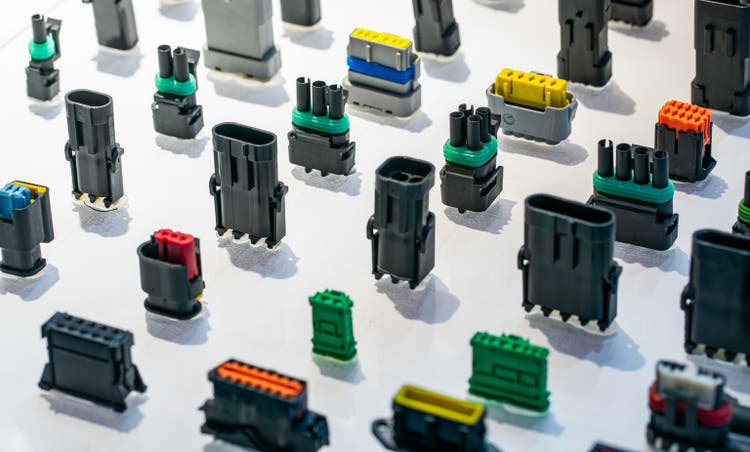
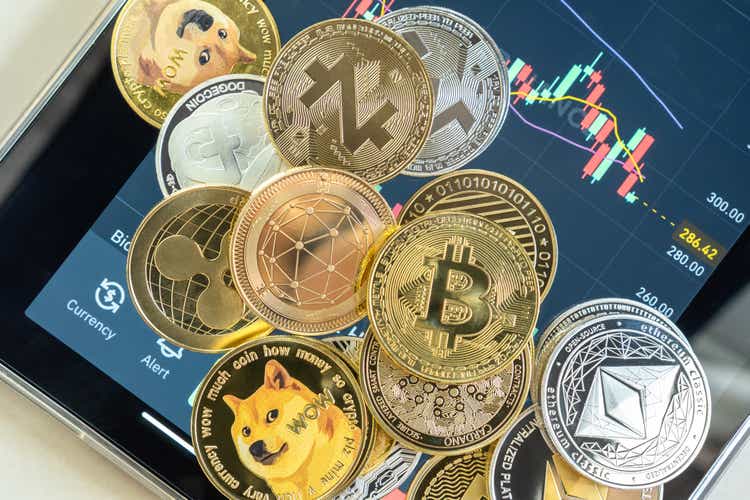




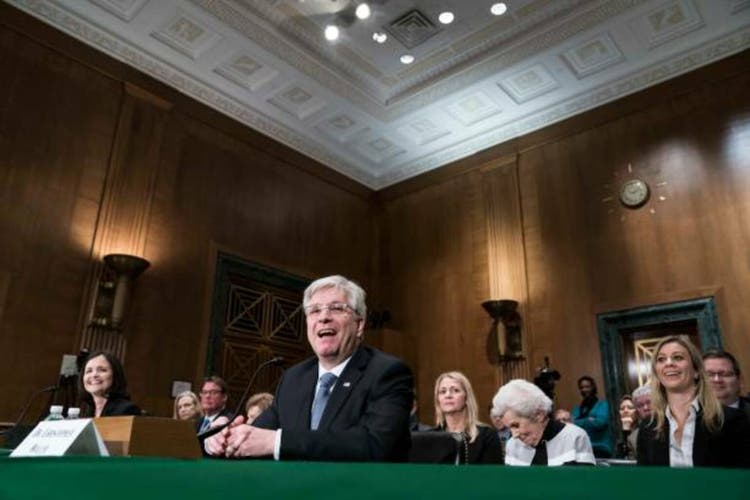
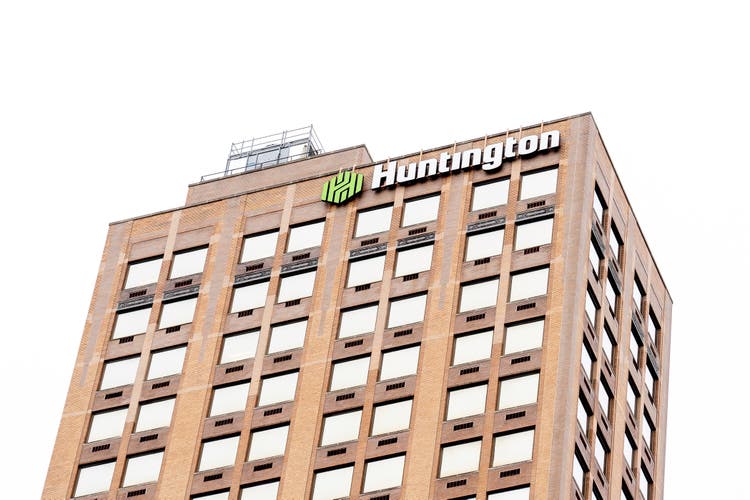

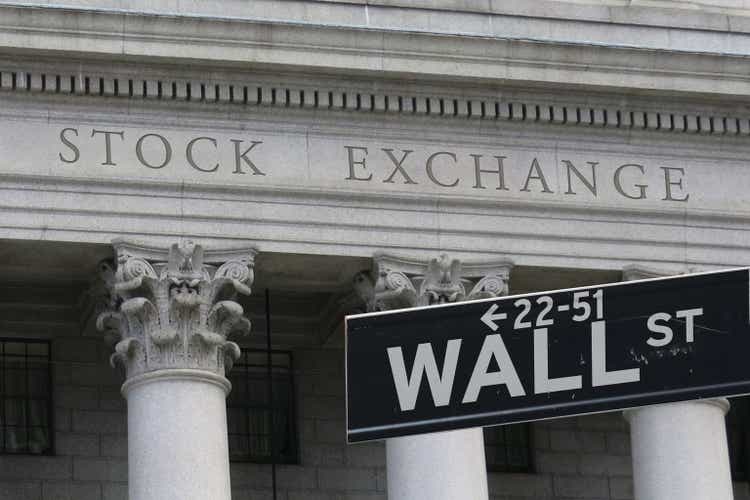


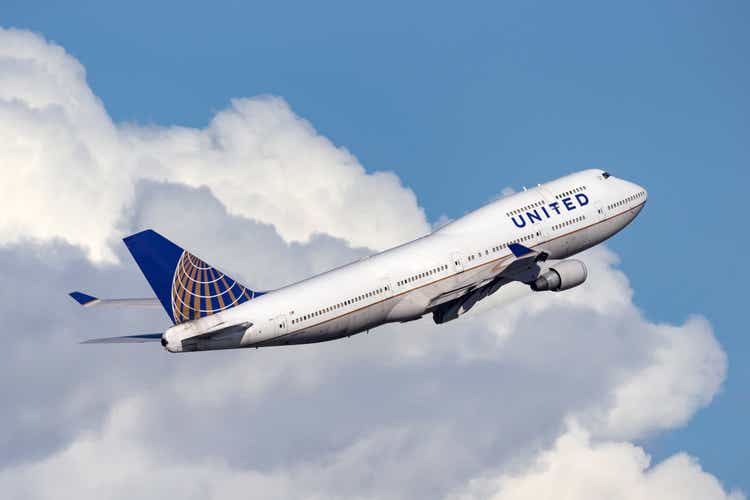

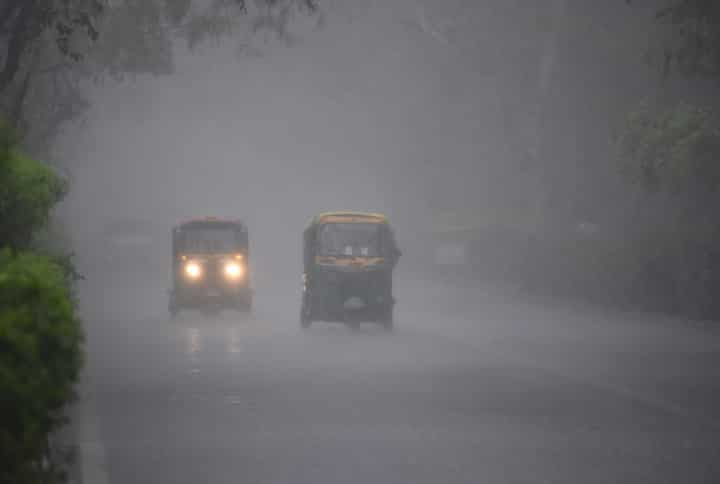





 English (US) ·
English (US) ·